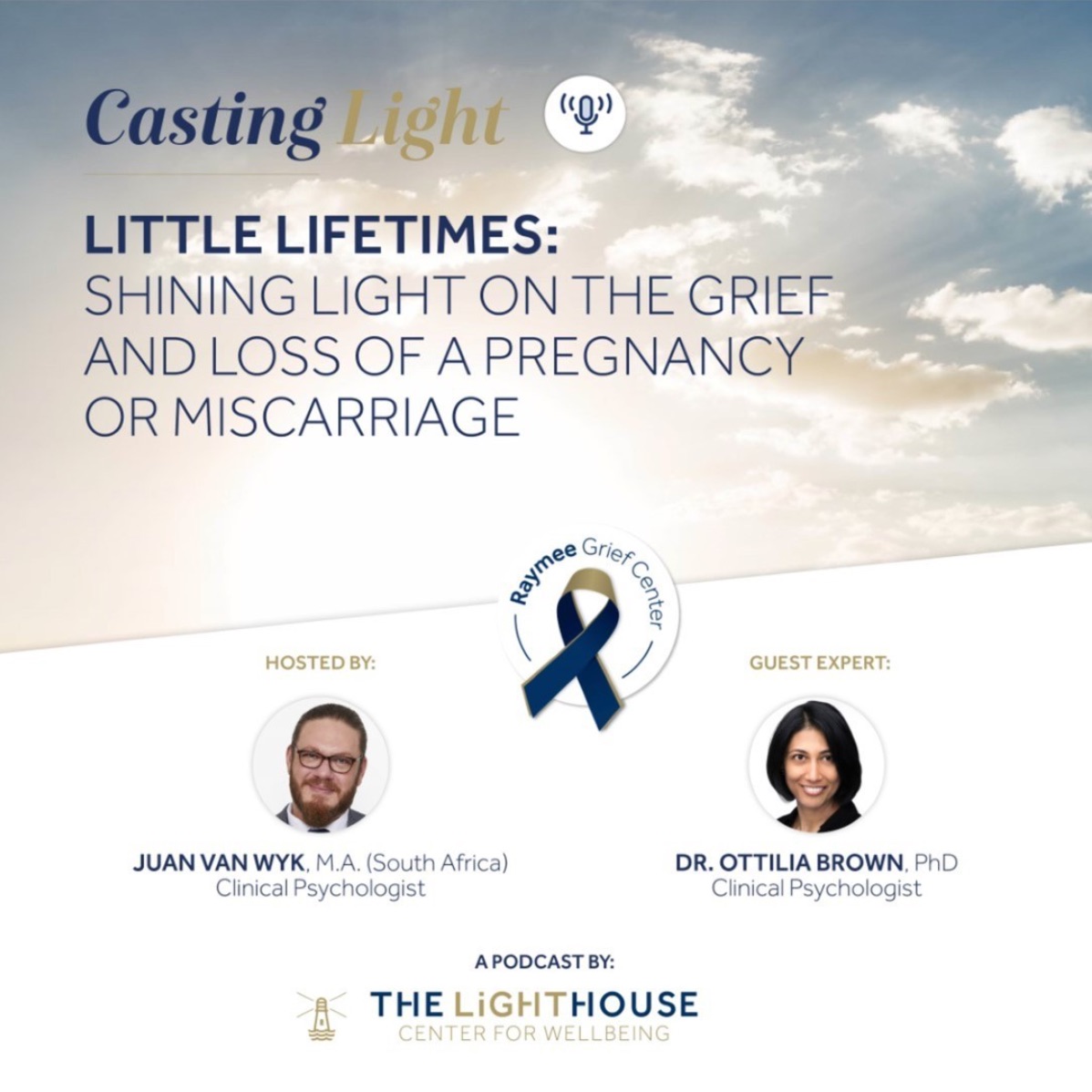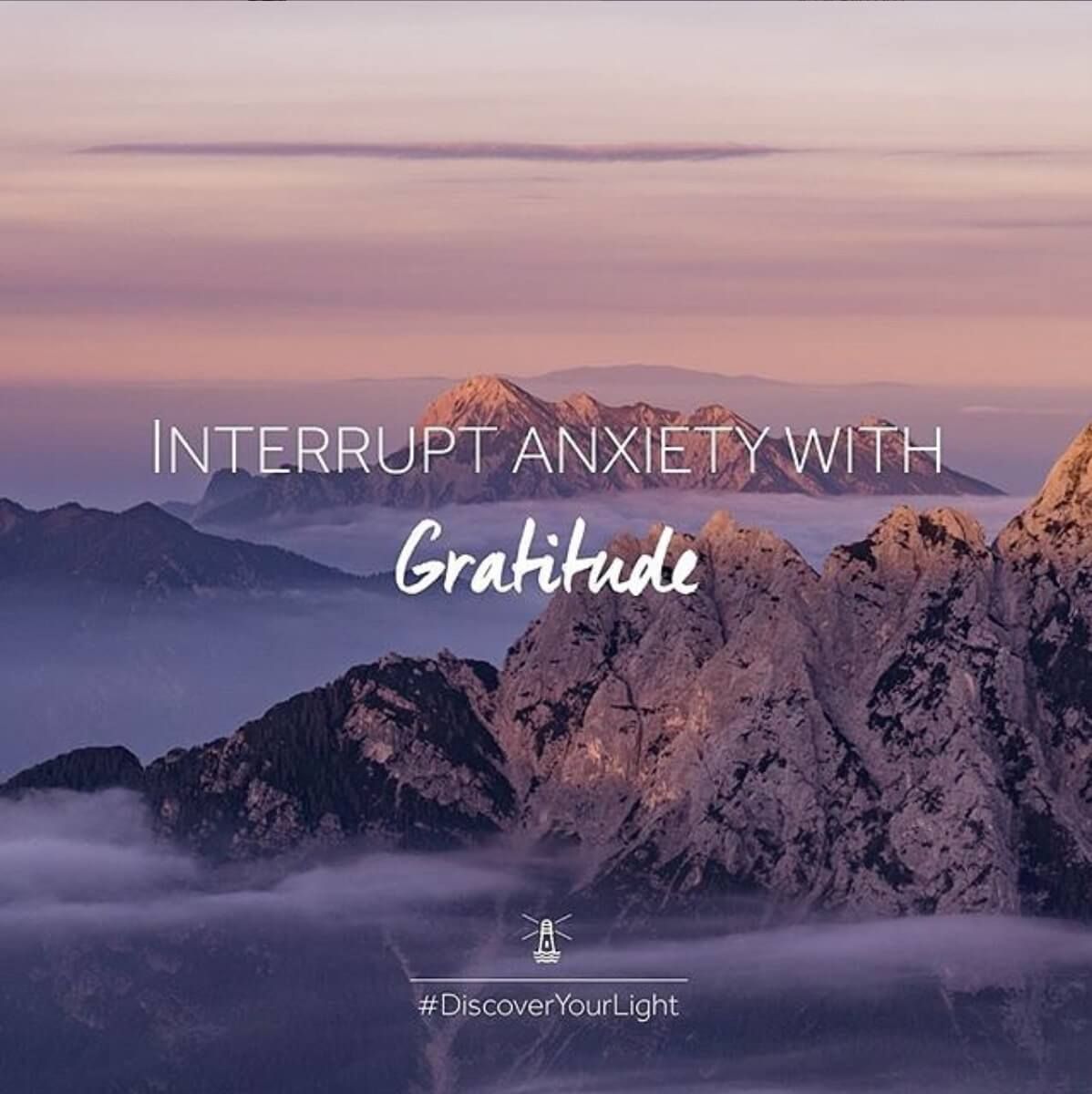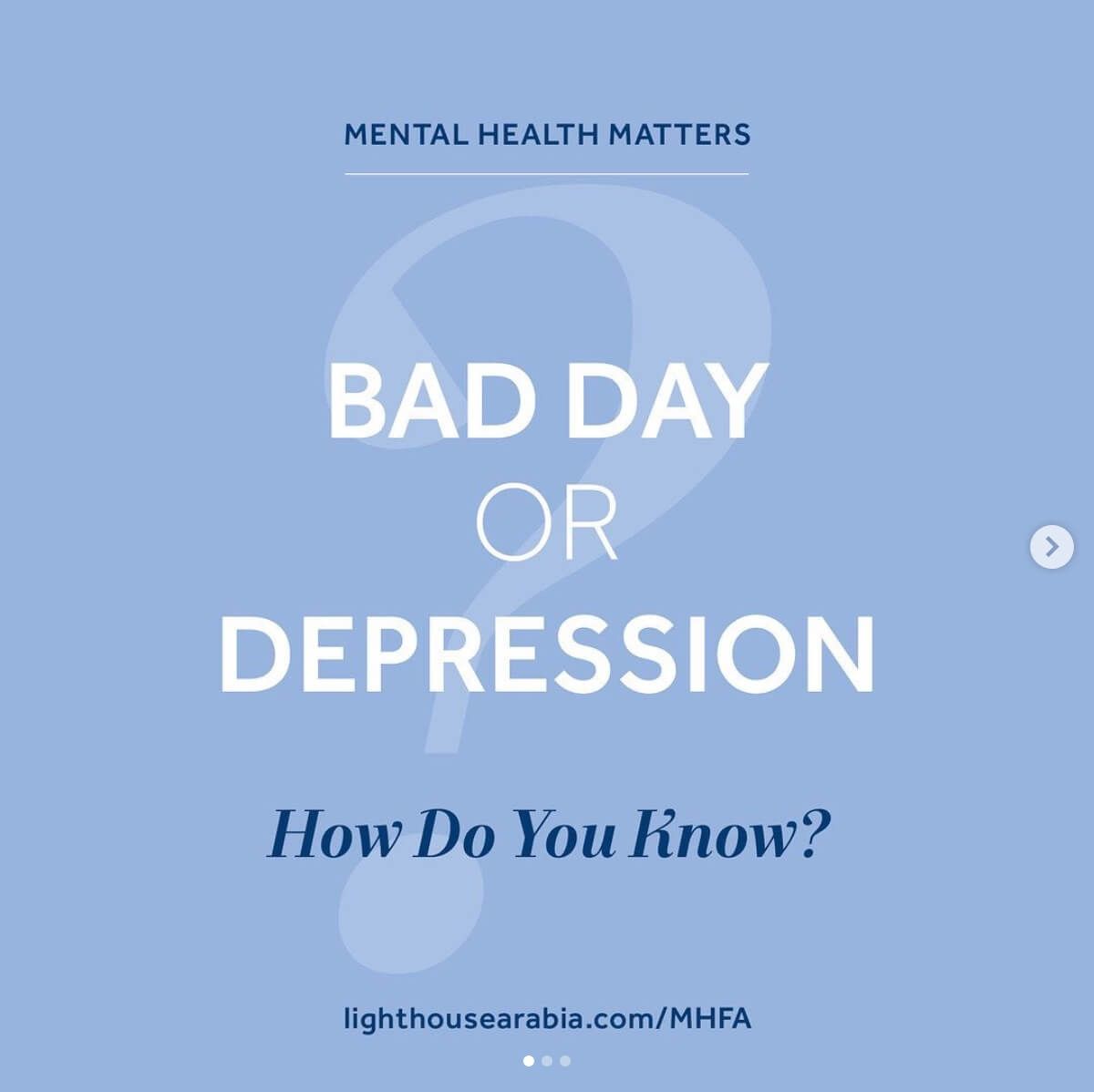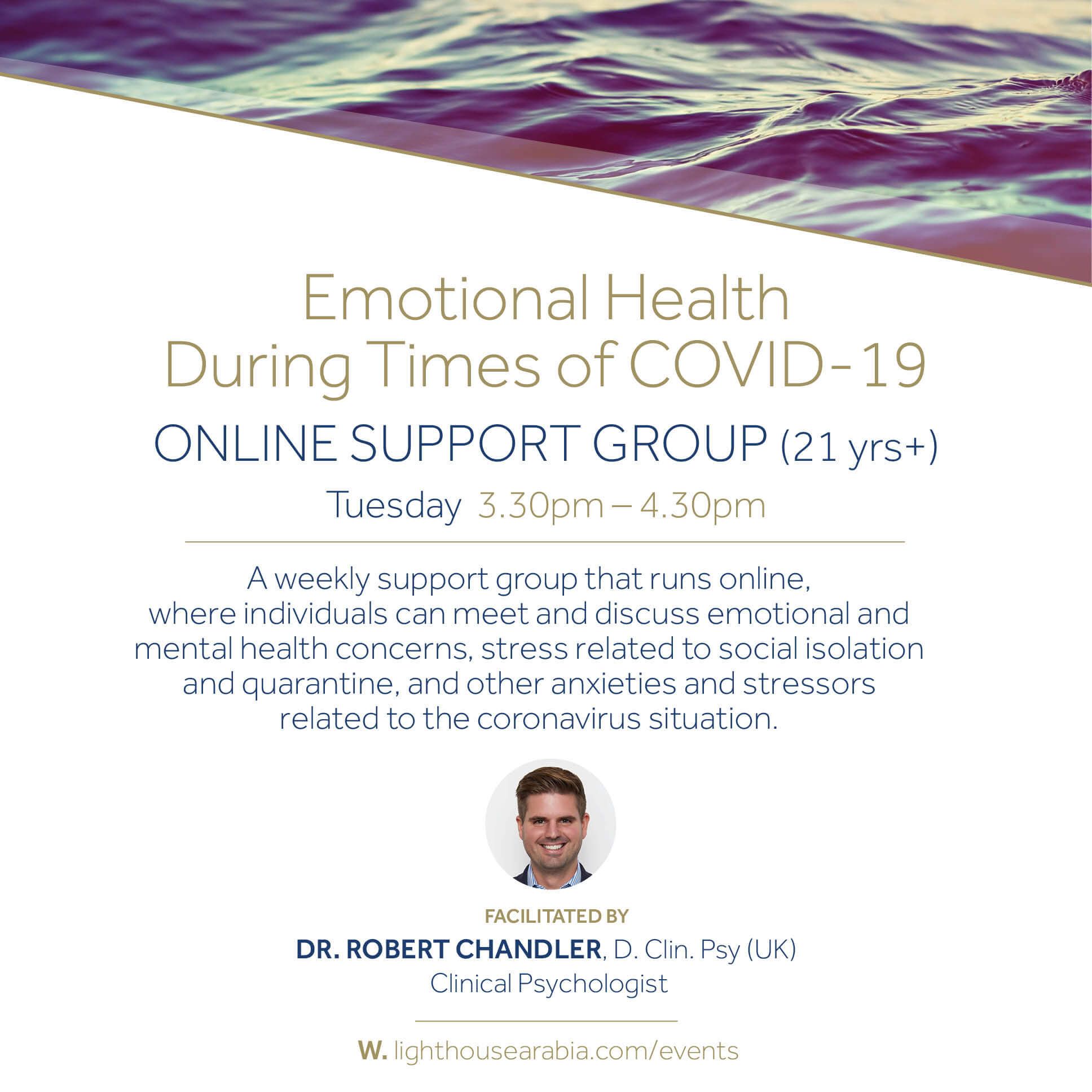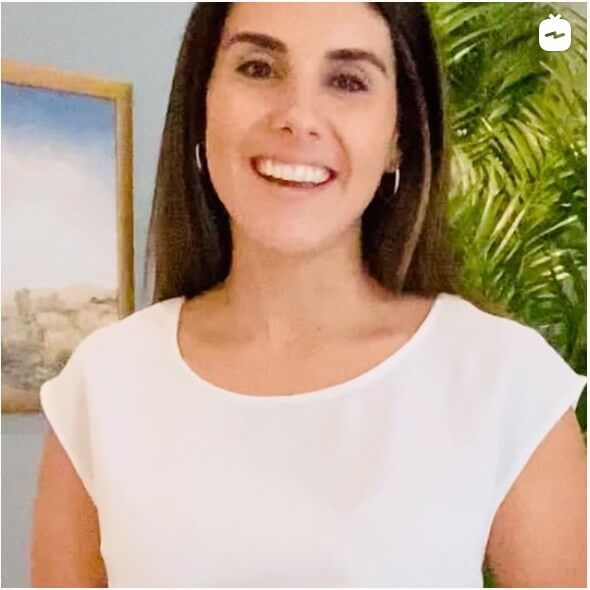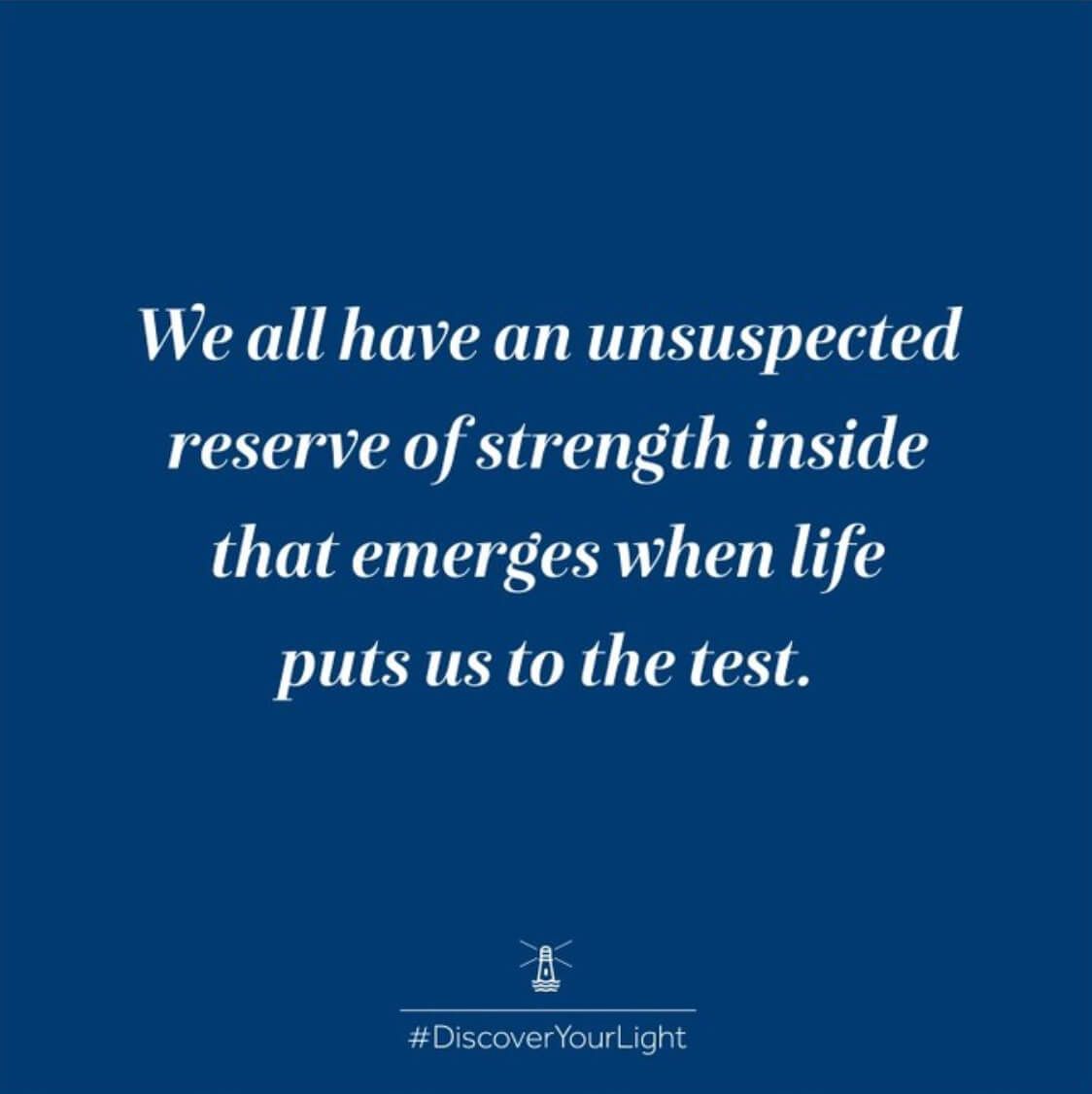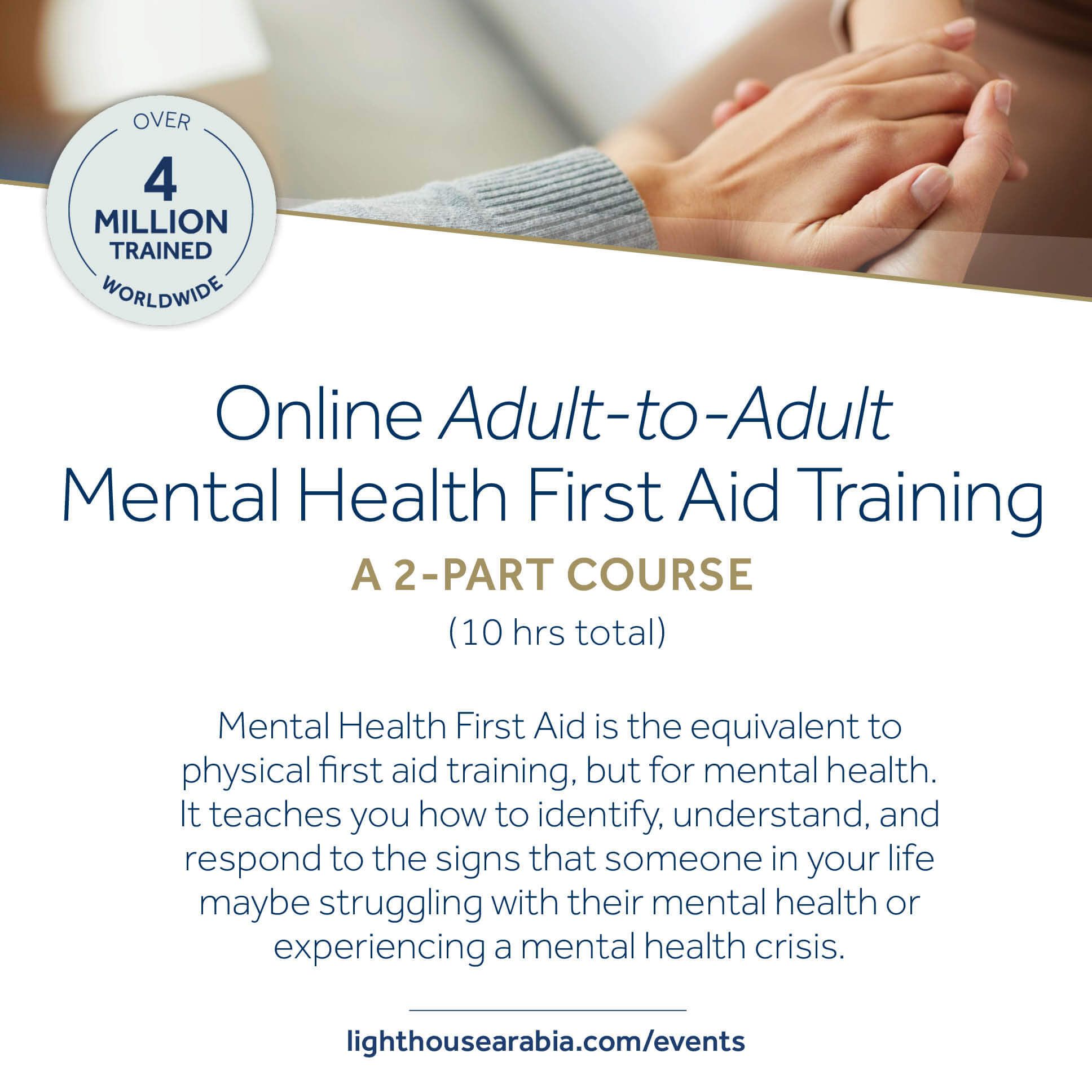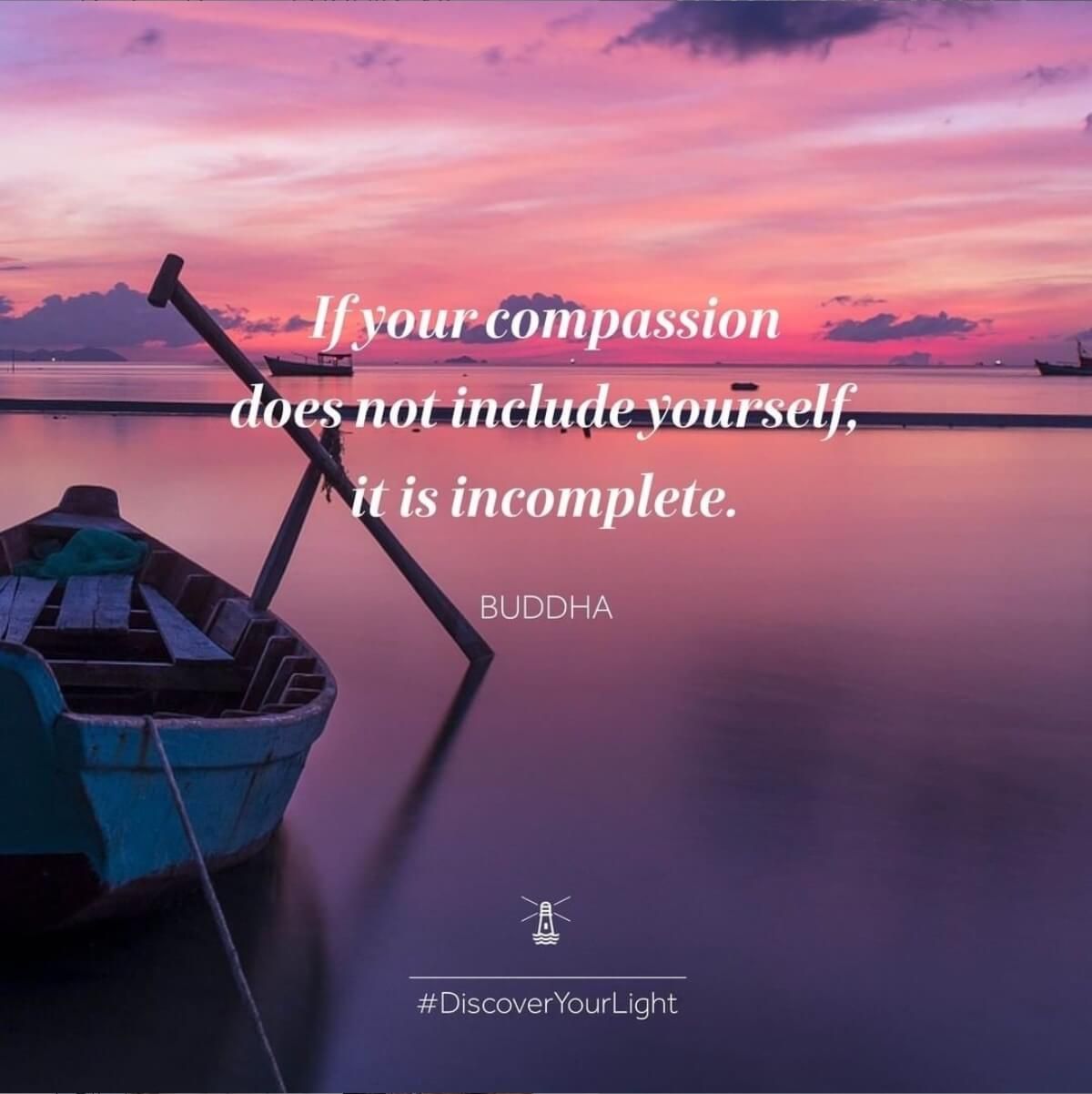
Creativity is not about things that are beautiful or aesthetically pleasing. The greatest block to creativity is that so many people believe that to be creative is to be artistic, and that creativity is something you are born with. These two beliefs prevent many from actually tapping into the vast creative resources that is inside of us all. Creativity is fundamentally not about what we do, but how we see and interact with the world on the one hand, and our connection to the complexity of our internal world of thoughts and feelings.
To understand creativity, we first must understand its opposite, which relates to the way our perception is shaped and restricted by life. From the moment we take our first breath we start to engage in a process of making sense of the world – and this continues through the rest of our life. We make sense of ourselves, of others, and the world through the process of making increasingly complex, abstract and language-based distinctions as we grow. The baby draws the distinctions between “pleasure” and “pain”; between “this is mother” and “mother is not me”. These are examples that, as we grow older, are given words and concepts, and act as filters for what we see. As adults, we do exactly the same – except that we have obscured these distinctions by developing our own reasons for some of our distinctions. In other words, we begin to see increasingly less of what is in front of us and instead, we see more of the extent to which something falls into one category or another.
Throughout life we develop layer upon layer of distinctions, and this means that when we meet the world, we interact through a multiplicity of layers that allows us to make sense, understand, and therefore assign some personal value. This process is largely outside of our awareness and enables us to live socially because a lot of our distinctions are shared. These shared distinctions in turn defines what is socially acceptable. This process is essential to be able to function as a member of society, critical to be able to have social interactions and relationships, but it is not creativity.
Similarly, the distinctions we form (which are generally not even conscious) is deeply braided and intertwined with our emotional and physical response. So, the way we see the world shapes how we feel, and over the course of live, defines the landscape of our mood and emotions. Just as distinctions are therefore restrictive to what we see, they are also restrictive therein that certain emotions become submerged or suppressed. In summary, on the one hand we interact with the world (including ourselves) through a restrictive filter, and on the other hand our emotional response becomes more limited.
The opposite of the above is creativity, which is about looking at others and the world and not seeing that which our upbringing, schooling and culture has taught us to see.
Creativity is about the way we look at the world and the way we make sense of it, or interpret what we see. This goes hand-in-hand with connecting more to ourselves and the range of emotions that live inside of us. The following are a suggestions of how to stimulate your own creativity. Know that it has nothing to do with art, and everything to do with shifting ourselves so that we can experience newness, and from that place, start to draw new distinctions.
How to stimulate your own creativity
- Identify five characteristics of your personality, irrespective of them being positive or negative.
Question these and find a way of seeing how they may actually not be “true”. In other words, challenge the way you think about yourself.
- Take 10 minutes each day to sit down somewhere and watch the world around you.
Bring your attention back to the present and avoid wandering of in your thinking. Try to notice mundane things as if you are seeing them for the first time. Notice the crack in the stone, or the texture of an object. Try to become interested in the physical world in a way that has nothing to do with meaning or purpose.
- Take time each day to sit down and journal about the above, making time to stop doing things and get out of your head.
Reflect on your life and your relationships.
This article was originally published in Arabian Business in August, 2021.

